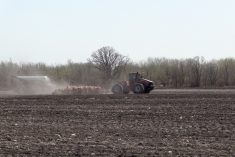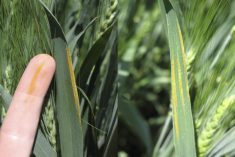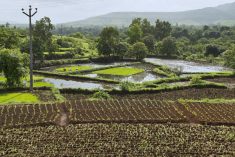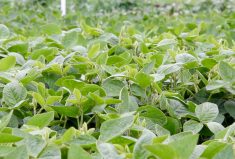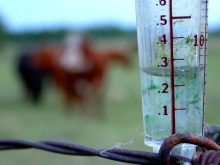CNS Canada — The recent batch of wet weather across parts of Saskatchewan and Manitoba have been a welcome relief to some fields that were suffering from excess dryness.
However, soggy conditions have also enabled certain disease pressures to rear their ugly head, according to some government specialists.
“Root rot is showing up in peas and lentils,” said Brent Flaten of Saskatchewan Agriculture in Moose Jaw.
In addition to the rot, the fields were also feeling the effects of pythium and water mould (aphanomyces euteiches).
Read Also

India slaps 30 per cent import duty on yellow peas
India has imposed a 30 per cent duty on yellow pea imports with a bill of lading date on or after Nov. 1, 2025.
In a few cases, some lentil fields were virtually wiped out, though most are OK — “kind of hit-and-miss depending on how much rain or water the field retained,” he said.
Flaten said he is also fielding questions from producers wondering whether to spray for sclerotinia in canola or leaf diseases.
“There’s probably even more acres where people are worried about (fusarium) head blight or sclerotinia than the root rot.”
Issues are similar in Manitoba, with both fusarium and root rot cited as problems.
However, provincial field crop pathologist Pratisara Bajracharya said there is another familiar name working its way in from the U.S.
“Leaf rust is in some Manitoba locations as well as near the Montana and North Dakota border,” she said.
As a result, Bajracharya is asking producers to scout their fields in the lower canopy to look for both leaf rust as well as stripe rust.
“That is for wheat, barley and small-grain cereal crops,” she said.
Root rot has been an issue for soybeans, while one canola field near Carman, Man. had a bit of blackleg.
“In general, lots of different diseases were showing up this year compared to other years,” she said.
Both specialists agree further rains will only exacerbate the problem.
— Dave Sims writes for Commodity News Service Canada, a Winnipeg company specializing in grain and commodity market reporting. Follow CNS Canada at @CNSCanada on Twitter.



